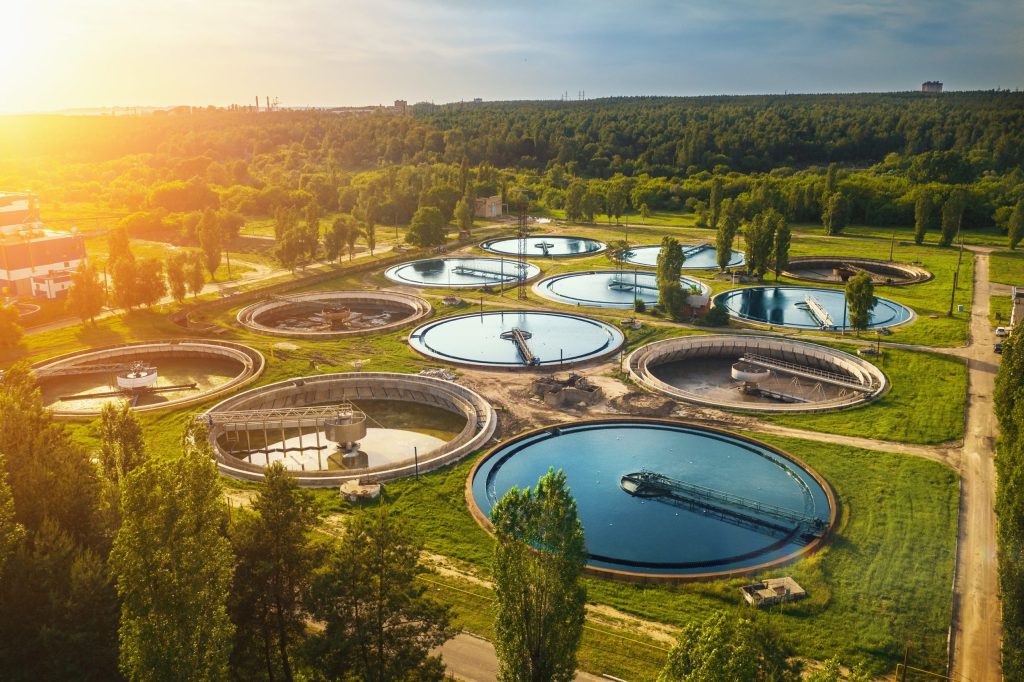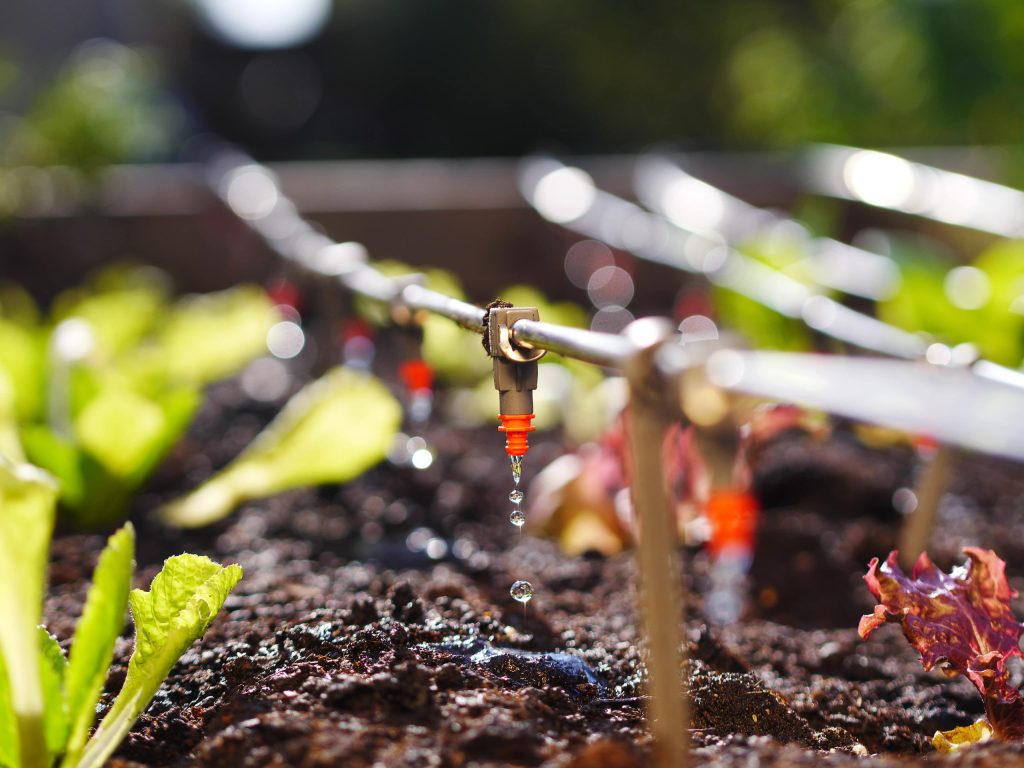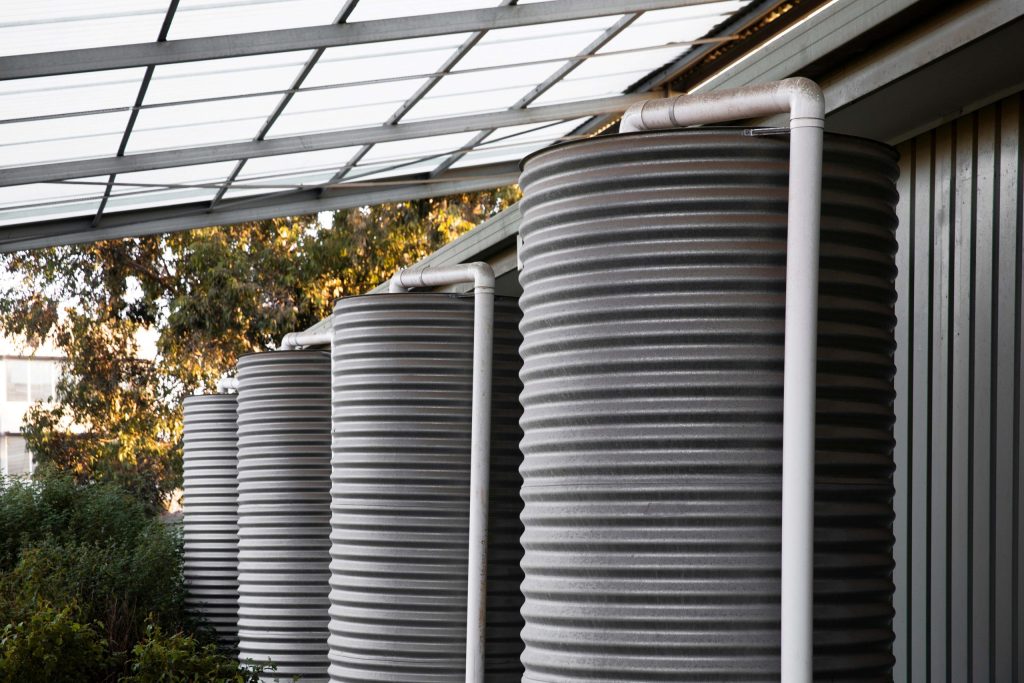The global demand for freshwater continues to rise as communities, businesses, and homeowners seek effective solutions to manage water use efficiently. Suppose you are living in a clean environment and using water responsibly, you may still want to find ways to recycle used water. But, how will you recycle it? One increasingly popular method is grey water recycling. A practical, eco-friendly system that repurposes gently used water from sinks, showers and washing machines. While it may not be suitable for drinking, it is perfectly safe for irrigation and toilet flushing.
In this blog, we will explain what grey water recycling is, how it works and discuss its benefits and limitations. To learn more about these topics, continue reading as we explore the details in various sections.

Grey water, often referred to as gently used water, is the wastewater from household activities, such as bathing, washing hands or doing laundry. This water may contain slight dirt, food particles, saliva, lint and hair. While it is not clean enough to drink, it is far less contaminated than black water from toilets. Rather than letting this water go to waste, it can be collected, filtered and reused for non-potable purposes such as watering gardens and flushing toilets. In a world where every drop counts, rethinking how we use gently used water is a smart step towards sustainable living.
Grey water recycling is the process of collecting, filtering, and reusing wastewater from household sources like showers, bathroom sinks, and laundry machines. It’s the cornerstone of effective grey water management. But what is grey water management? Instead of letting this water flow straight into the sewage system, it’s redirected, treated, and repurposed for non-potable tasks. Now, let’s look at how do grey water systems work in practice. Here’s how it works:
The goal of using grey water is to reduce freshwater consumption, alleviate pressure on local water supplies, and promote sustainable living. Through grey water treatment, you may give used water a second life and reduce the consumption of fresh water, thus contributing to nature. Additionally, the cost of grey water recycling is quite affordable, which makes it a win-win approach that turns waste into a valuable resource.
Recycled neutral water isn’t suitable for drinking, but it’s perfect for a wide range of non-potable applications. Reusing this water, the demand for fresh water can be reduced while maintaining everyday functions. Here are some common grey water uses:
These smart uses of recycled water help reduce waste, conserve resources, and promote sustainability in both residential and commercial spaces.

Grey water recycling offers numerous environmental, economic, and practical benefits. As water scarcity becomes a growing concern worldwide, adopting this system can make a significant positive impact. Here are some of the key advantages:
In residential buildings like flats, grey water harvesting offers a smart and sustainable way to reduce wastewater. This system collects gently used water and reuses it for non-drinking purposes. In most flats, this water is harvested through a shared plumbing system. The collected water goes through basic filtration and disinfection before being stored in a separate tank. It’s then reused for toilet flushing, watering communal gardens, or cleaning shared outdoor spaces, significantly reducing freshwater usage.
Modern grey water harvesting systems are often automated, requiring minimal maintenance while delivering consistent performance. By reusing this, residential buildings can lower utility costs, reduce environmental impact and promote more sustainable urban living.
Certain risks and limitations must be carefully managed to ensure safety and environmental protection when it comes to grey water. Understanding how does a grey water system work as well as the challenges is essential.
Setting up a grey water recycling system is a smart way to conserve water and reduce utility bills. Whether you are managing a standalone home or a multi-unit building, the complexity of needs may vary depending on your needs and budget. Here’s a step-by-step guide to help you get started:
1. Identify Grey Water Resources: Collect water sources from bathroom sinks, showers, bathtubs, and washing machines. Avoid using water from the kitchen and toilet.
2. Check Local Regulations: Review local building codes and health regulations. Some areas require permits or have restrictions, especially for indoor purposes like toilet flushing.
3. Choose a System Type: There are two types of grey water systems
4. Install Collection Pipes: Redirect sullage through separate plumbing lines marked from potable water.
5. Add Filtration and Treatment: Use filters to remove debris; add UV or chemical treatment if needed.
6. Set Up a Storage Tank: Store treated wash water safely in a sealed, labelled tank with overflow protection.
7. Connect to Reuse Points: Route treated water to toilets, gardens, or outdoor cleaning areas.
8. Maintain the System: Clean filters and check components regularly to keep the system running smoothly.

Grey water recycling, also known as grey water harvesting, is more than just a buzzword. It’s a game-changer in the way we use and value water in everyday life. By reusing water, we significantly reduce waste, lower our water bills, and contribute to a healthier environment. Although there are challenges and drawbacks, with proper planning and responsibility, it can be a safe and highly effective approach.
At Confident Group, we recognise the importance of integrating eco-friendly practices into modern living. That’s why we encourage grey water harvesting across our residential projects. By embracing such sustainable solutions, we aim to create smarter, greener communities that are better prepared for the future. This isn’t merely a passing trend; it’s a practical investment in a more efficient and environmentally conscious way of living.
1. How does grey water recycling work?
Grey water recycling involves collecting lightly used water from sources like showers and washing machines, treating it through filtration, and reusing it for non-drinking purposes such as irrigation or toilet flushing.
2. Can we reuse grey water?
Yes, grey water can be safely reused for non-potable uses like watering gardens and flushing toilets.
3. Can I drink grey water?
No, grey water is not safe to drink as it may contain bacteria, soap residue, and other contaminants.
4. Is greywater safe for watering vegetables?
Grey water can be used to water vegetables, but only if applied to the soil and treated properly to ensure safety.

Housing options in India are plentiful and cater to a diverse range of preferences and lifestyles. Land is premium in cities and urban areas, which explains the rising demand for verticalisa...

Buying property involves many technical terms, and one of the most confusing yet critical among them is UDS full form for most first-time homebuyers. UDS stands for Undevided Share. The UDS ...
Comments